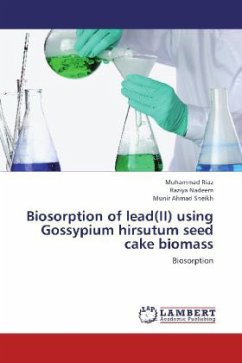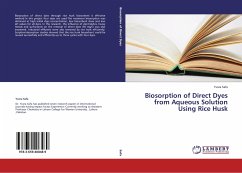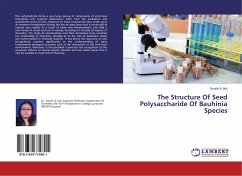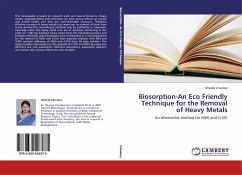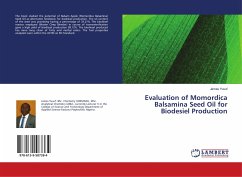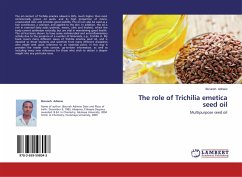The discharge of heavy metals from industrial effluents into aquatic sources has become a matter of concern over the last few decades. For the removal lead (II) ions from aqueous solutions biosorption is a cost effective method especially for the huge volumes of effluents. In the present study effect of cotton (Gossypium hirsutum) seed cake biomass on biosorption of lead (II) from aqueous solutions was deliberated. It was indicated that adsorption capacity q, (mg/g) and percentage adsorption was function of biosorbent size, biosorbent dose, pH and initial lead (II) concentration. Optimized percentage adsorptions were observed at smaller size of biosorbent 0.355 mm, 0.2 g dose, pH 5.0 and 100 mg/L lead (II) concentration. Kinetic study revealed that adsorption was rapid in first fifteen minutes and equilibrium was achieved after six hours. At equilibrium, the maximum metal uptake was 45.29 mg/g with percentage adsorption 86.68 at pH 5.0. The Langmuir isotherm model with correlation coefficient (0.93) fitted well to the data of biosorption of lead (II), corroborating that the uptake of lead was chemical, saturable and equilibrated mechanism.

